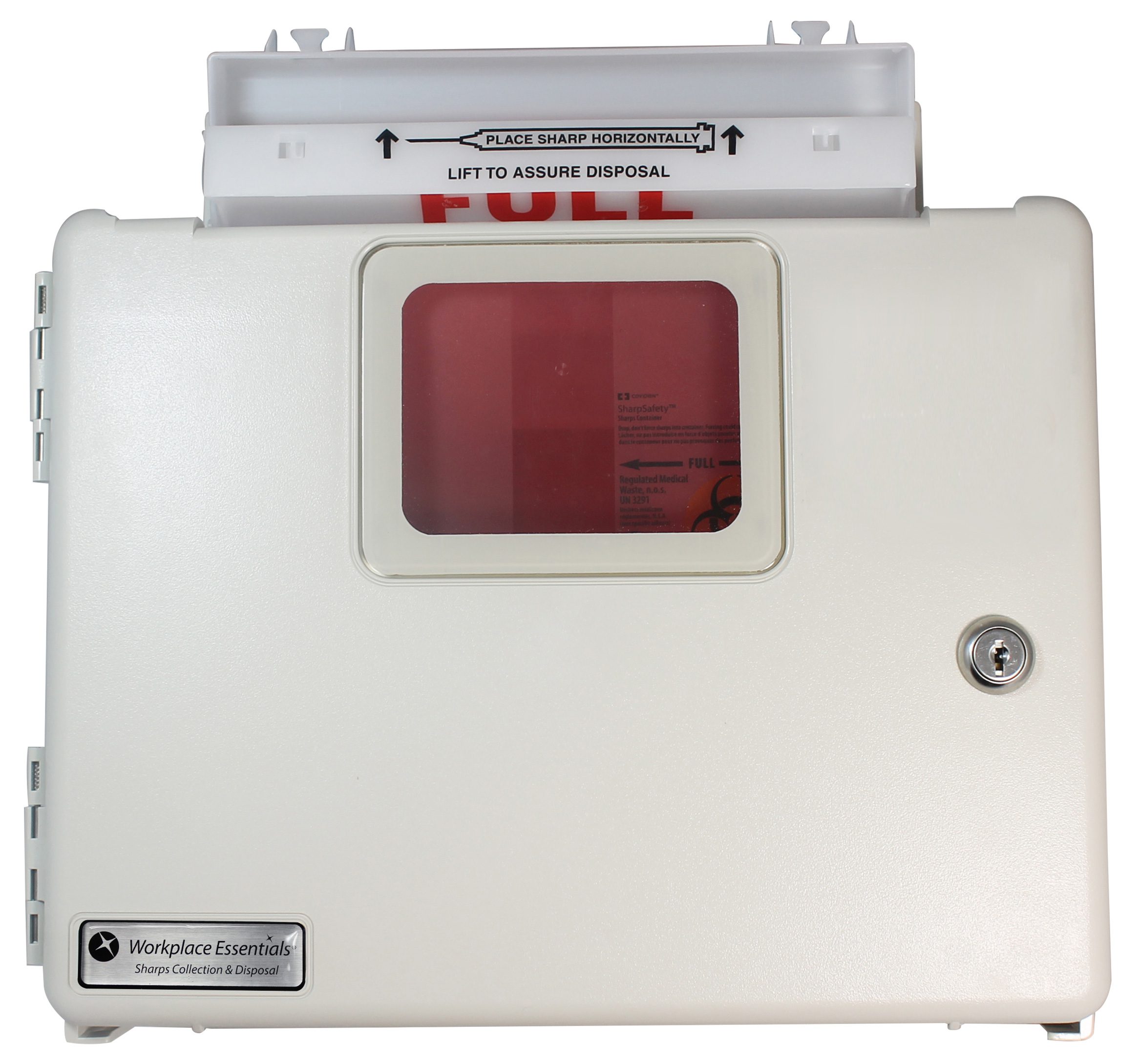Last Updated on November 30, 2022
Healthcare workers spend so much time taking care of patients with contagious illnesses and due to the level of intimacy in their work, come into contact with biological hazards repeatedly every day. These exposures include: bacteria, viruses, fungi, and other living organisms that can cause acute and chronic infections by entering the body either directly or through breaks in the skin, as defined by the Occupational Safety and Health Association (OSHA). Following hand hygiene protocols, or at least cleaning hands at the appropriate times, are recommended by OSHA to avoid becoming sick and to protect patients from contracting healthcare-associated infections. According to the Centers for Disease Control (CDC), 2,000,000 patients become infected in the hospital and 90,000 die as a result each year. On average, only 40% of workers comply with hand hygiene programs. Staff cited several reasons for this:
- Irritation and dryness of hands
- Inconvenient location or scarcity of sinks
- Lack of paper towels and soap
- Not enough time
- Understaffed and/or overcrowded conditions
- Low risk of getting infected by patient
- Did not know or forgot protocols
Conveniently, the most effective method and the fastest are the same. Both alcohol-based and alcohol-free hand sanitizers have a germ kill of 99.99% and cause less skin dryness. Over an eight-hour shift, healthcare workers will only need to spend about 18 minutes sanitizing their hands instead of nearly 60 minutes washing them with soap and water. However, soap and water remain necessary in healthcare settings. Sanitizer does not remove Cryptosporadium, norovirus, or Clostridium difficile as effectively. Hands must be washed with soap and water after a restroom break too. For all hand hygiene methods, no-touch appliances, like automatic sanitizer and soap dispensers, faucets, and hand dryers or paper towel machines are the most hygienic option, as they reduce cross-contamination.
Per the CDC, healthcare workers need to clean their hands before:
- Patient contact
- Putting on gloves to insert central venous catheter
- Inserting any non-surgical devices
And after:
- Removing gloves
- Patient contact
- Contact with the area and/or objects surrounding a patient
- Restroom use
- Moving from a contaminated to a clean site within the vicinity of a patient
- Touching body fluids, excretions, wound dressings, and non-intact skin of a patient


Unclean hands are not the only risk employees face. OSHA states that “adequate infectious waste disposal systems” must be available to contain anything that may be harmful. According to the World Health Organization, about 15% of healthcare waste is “infectious, toxic, or radioactive.” One form of waste is a sharp, which could be a needle, lancet, syringe, or scalpel. People who are accidentally stuck by used sharps are at 30%, 1.8%, and 0.3% risks, respectively, of becoming infected with Hepatitis B, Hepatitis C, and human immunodeficiency virus (HIV). Sharps disposal and collection systems that are wall-mounted and puncture-resistant are the safest option as sharps are completely isolated once they are inside. Removal and disposal should be performed in compliance with NIOSH/CDC and OSHA guidelines.
Another way to eliminate exposure to bloodborne pathogens would be with sanitary disposal units in the restrooms. Bloodborne pathogens exist on used feminine hygiene products, which can infect cleaning staff, and female employees and visitors who touch a contaminated receptacle. Sanitary disposal units are touch-free, isolate the waste, and neutralize it with their accompanying Actiwipes.
Biological hazards are not the only ones healthcare workers face. According to the CDC, approximately 38.2% of every 10,000 employees lose workdays to injuries from slips, trips, and falls. Wet surfaces are the leading cause of this type of accident. In nursing homes, environmental hazards, such as wet floors, cause 16-27% of falls. Many of the slip and fall accidents outside of the home occur in restrooms, where floors are often wet or have puddles. Absorbent, polypropylene mats with non-slip backings placed at the toilets, urinals, and other wet spaces will soak up liquid that could cause users injuries, create odor, and deteriorate tile floors.
The healthcare industry has plenty of risks that can be overcome with the right products. Workers interact closely with patients everyday, so keeping them healthy is necessary for patient recovery and for a facility to be successful.
Related posts:
- Hygiene Tips For Your Business: Transportation
- Hygiene Tips for Your Business: Hair and Nail Salons
- Hygiene Tips for Your Business: Restaurants
- Hygiene Tips for Your Business: Medical Offices
- Hygiene Tips for Your Business: Car Dealerships
- Hygiene Tips for Your Business: Retail
- Hygiene Tips for Your Business: Banks and Credit Unions
- Hygiene Tips for Your Business: Health and Country Clubs
